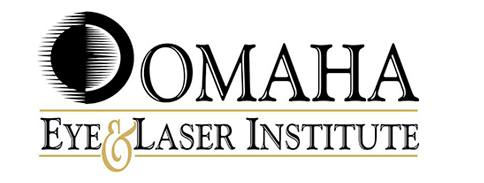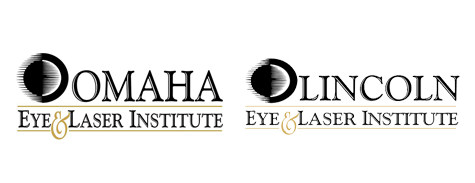DSAEK (Descemet’s Stripping Automated Endothelial Keratoplasty) is a form of corneal transplant surgery. It is indicated for corneal swelling caused by:
- Fuchs Dystrophy
- Decompensated Endothelium
DSAEK (Descemet’s Stripping Automated Endothelial Keratoplasty) is a corneal transplant technique where the unhealthy, diseased, posterior portion of a patient’s cornea is removed and replaced with healthy donor tissue obtained from an eye bank. Unlike traditional corneal transplant surgery, the DSAEK procedure utilizes a much smaller surgical incision and requires no corneal sutures. DSAEK usually results in more rapid visual recovery and also reduces the risk of sight-threatening complications that may occur with a corneal transplant, such as intraoperative expulsive hemorrhage or postoperative traumatic would rupture.
Understanding the Cornea and Corneal Transplants
Although the cornea is clear and seems to lack substance, it is actually a highly organized group of cells and proteins. Unlike most tissues in the body, the cornea contains, under normal circumstances, no blood vessels to nourish or protect it against infections. Instead, the cornea receives its nourishment from the tears and aqueous humor that fills the chamber behind it. The cornea must remain transparent to refract light properly, and the presence of even the tiniest blood vessels can interfere with this process. To see well, all layers of the cornea must be free of any cloudy or opaque areas.
The corneal tissue is arranged in five basic layers, each having an important function. These five layers are Epithelium, Bowman’s Layer, Stroma, Descemet’s Membrane, Endothelium.
Why Cornea Transplants are Required?
Cornea transplants are required for a number of corneal diseases and a variety of other reasons. Before and after transplant, you will need ongoing information and support. You do not need to go through the cornea transplant surgery and recovery alone. Our Omaha cornea surgery experts located in Omaha and Lincoln Nebraska can help you understand what you will be facing with DSEK or traditional cornea transplant surgery.
On the day of surgery, the patient will arrive at the surgery center approximately one hour prior to surgery for preparation. The patient must not eat anything after midnight the day before surgery and will begin pre-operative medications three days prior to surgery as instructed. Prior to the patient’s surgery, the surgeon will prepare for surgery by determining the type of tissue to be used and selecting the technique needed to ensure the best surgical outcomes possible. In DSAEK the innermost layer (closest to the inside of the eye, known as the Endothelium) is removed. An automated dissector harvests a thin piece of donor tissue that is then placed into the operative eye. It is secured to the cornea by an air bubble. Two or three stitches may be needed to close the initial incision.
In the operating room, you will be receiving anesthesia for relaxation and a numbing medicine. Surgery typically lasts 1 hour. At the end of the procedure, you stay lying on your back for another 40 minutes. At that point, the surgeon examines your eye to ensure proper placement of the tissue, as well as check the eye pressure. You are then sent home with an eye patch. You will be directed to use eye drops frequently after the surgery. These are typically reduced at an appropriate time period following surgery. Visual recovery can change with each patient but usually takes three to six weeks for recovery. Please be advised that you might need a different prescription in your glasses or contact lenses to enhance your vision.
Benefits of DSAEK
- Improved vision
- Less risk than a traditional corneal transplant
- Less recovery time compared to corneal transplantation
- Less astigmatism compared to corneal transplantation
- Reduced discomfort compared to before surgery
- Potential improvement in lifestyle functioning
Cornea Surgery Experts in Nebraska
Although the cornea can be a complex structure of the eye and involve multiple layers the Omaha Ophthalmologists at Omaha Eye and Laser Center are confident in their experience treating the cornea and corneal disease. If you are seeking a cornea transplant in Omaha please do not hesitate to contact us at your earliest convenience. Matters related to the cornea can be complex and how an ophthalmologist might deal with the problem could vary. We offer cornea transplant second opinions in our Omaha and Lincoln, Nebraska eye center offices.





